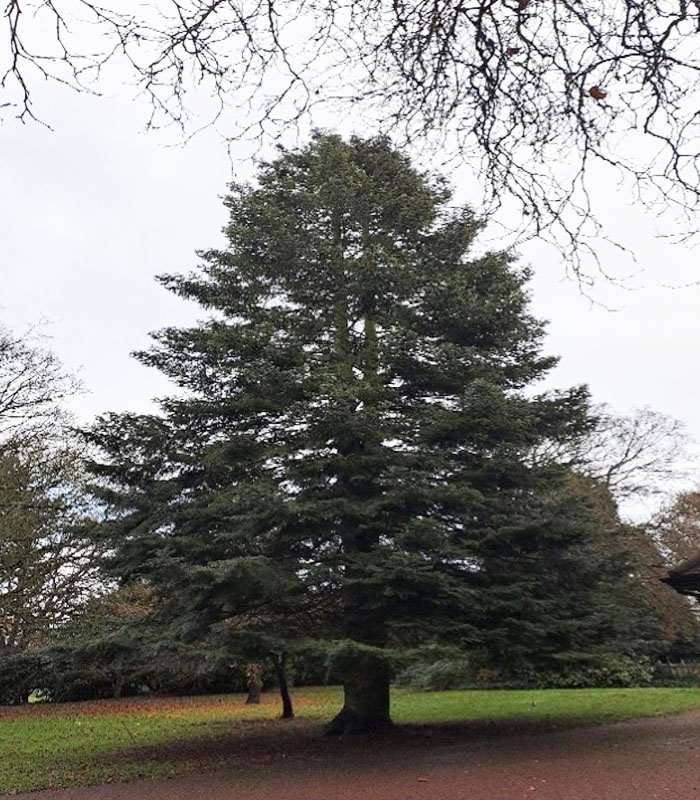
Botanical Name: Tsuga heterophylla
Common Name: Western Hemlock
Native to Western America this tree was first introduced to Britain circa1850.The common name derives from the crushed leaves smelling similar to that of the herbaceous Hemlock much used in ancient medicine.
Commonly known as the western hemlock, is a large evergreen coniferous tree native to the western parts of North America. Here's an overview of its origins and history:
The history of Tsuga heterophylla reflects its ecological importance, utilization by indigenous communities, and economic significance in the timber industry of the Pacific Northwest.
20692